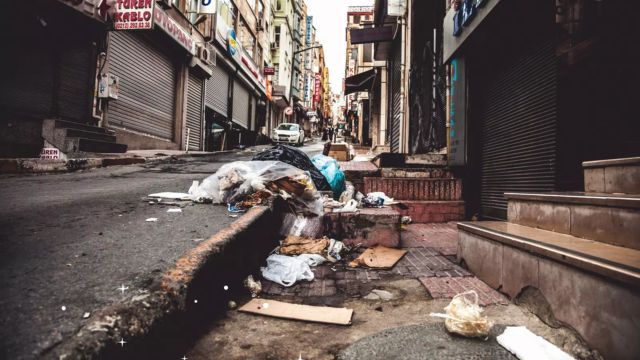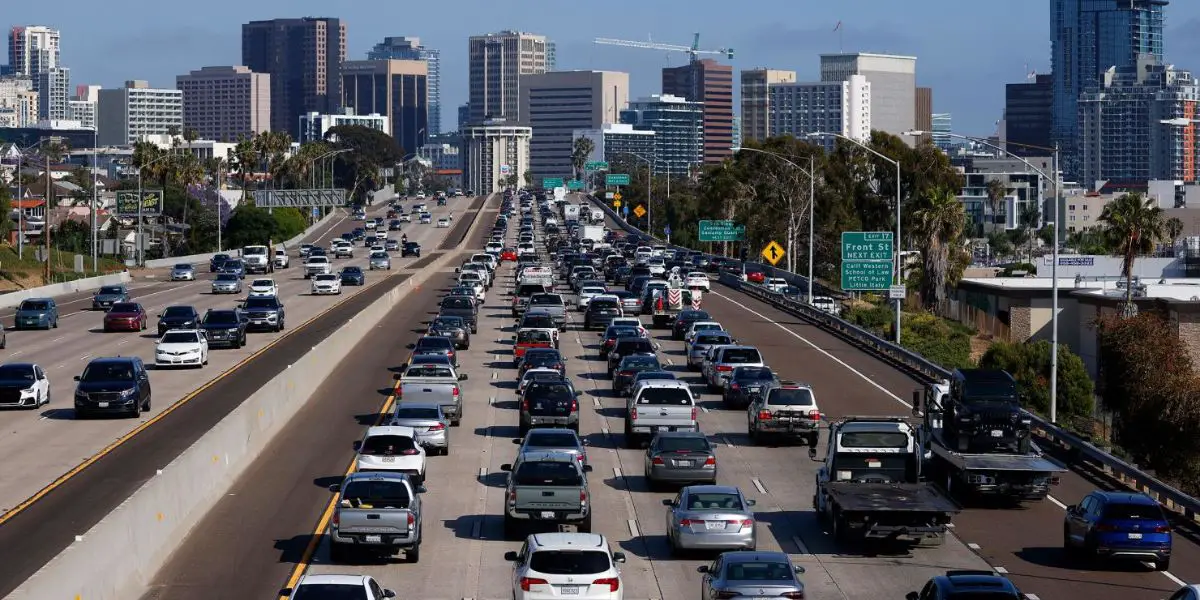MJP –
Iowa, known for its scenic landscapes and friendly small towns, is facing a less-than-flattering distinction in a recent report: two of its cities have been named among the “dirtiest” in the United States.
According to a new study released by House Method, a consumer services website that regularly conducts surveys on urban living conditions, Des Moines and Cedar Rapids both landed on the list of America’s most polluted and unsanitary cities.
The report, which ranks cities based on factors such as cleanliness, waste management, pollution levels, and overall environmental health, has sparked concern and conversation in Iowa. The findings have raised questions about how the state’s urban centers can improve sanitation efforts, better manage waste, and tackle pollution as they continue to grow.
Des Moines: Iowa’s Struggling Capital
Des Moines, Iowa’s largest city and state capital, is perhaps the most surprising inclusion in the report. Despite being a political and economic hub, Des Moines has struggled with urban cleanliness issues that have earned it a spot on the list of the dirtiest cities in America.
Contributing Factors:
- Waste Management Challenges: Like many mid-sized cities, Des Moines faces issues with waste management, particularly in high-traffic areas, and neighborhoods with older infrastructure. The city’s growing population and increasing demand for waste disposal have created bottlenecks in trash pickup and recycling efforts. As a result, overflowing trash bins and illegal dumping have been reported in certain neighborhoods, contributing to the perception of a dirty city.
- Pollution Levels: Des Moines also struggles with air and water pollution. While the city has made strides in addressing industrial emissions and regulating pollutants, the presence of heavy traffic and older industrial facilities still contributes to air quality concerns. Additionally, stormwater runoff in certain areas contributes to water pollution, which can affect the city’s riverfront and local parks.
- Homelessness and Sanitation: Like many urban centers, Des Moines has seen a rise in homelessness, which, in some cases, has led to unhygienic conditions in certain parts of the city. A lack of access to clean water and restrooms for those living on the streets has compounded sanitation issues in areas frequented by homeless populations.
Despite these challenges, the city has initiated several campaigns to improve cleanliness. The Des Moines Public Works Department has increased efforts to clean public spaces, especially in the downtown area, and there are ongoing initiatives aimed at improving recycling rates and waste diversion. However, these efforts may take time to fully resolve the underlying issues contributing to the city’s unclean reputation.
Cedar Rapids: Industrial Legacy and Cleanup Efforts

Cedar Rapids, the second-largest city in Iowa, also finds itself in the crosshairs of the recent “dirtiest cities” ranking. While the city has a rich history of industry and agriculture, it also faces unique cleanliness challenges that stem from its industrial legacy and rapid urban growth.
Contributing Factors:
- Industrial Pollution: Cedar Rapids has long been an industrial hub, with numerous manufacturing plants and warehouses located throughout the city. While these industries have brought economic growth, they have also contributed to pollution, including air and water contaminants. The city is working to address environmental health concerns, but the impact of decades of industrialization can still be felt, especially in certain areas near old factories and industrial sites.
- Waste Disposal Issues: As Cedar Rapids grows, so does the amount of waste the city must manage. With a limited recycling infrastructure and a relatively small public works department, waste disposal can sometimes fall behind, particularly in neighborhoods with high population density. In some areas, littering, overflowing trash bins, and debris left on streets are frequent complaints among residents.
- Flooding and Cleanup: Cedar Rapids has experienced a number of flooding events in recent years, with severe flooding in 2008 leaving long-term consequences. While the city has made great strides in rebuilding and revitalizing flood-damaged areas, the aftermath has sometimes left debris and waste that is difficult to manage in a timely manner. Flooded areas often take longer to clean, contributing to perceptions of the city being less sanitary.
Two Washington Areas Ranked Among the ‘Dirtiest Cities’ In New Report
While Cedar Rapids has faced its share of cleanliness challenges, local officials are working hard to address them. The city has ramped up efforts to tackle pollution, improve waste management systems, and invest in green infrastructure to address stormwater runoff. In addition, community organizations and local residents have come together to organize neighborhood clean-up events, contributing to the effort to improve Cedar Rapids’ environmental health.
What Can Be Done to Improve Iowa’s Cleanliness?
While both Des Moines and Cedar Rapids have work to do, the recent report has provided both cities with an opportunity to take action and address the cleanliness concerns that have been raised. Here are some steps that local governments and residents can take to improve the situation:
1. Enhance Waste Management Systems
One of the most immediate ways to tackle the issue of city cleanliness is to improve waste management infrastructure. Increasing the frequency of trash pickup, expanding recycling programs, and providing more public trash cans in high-traffic areas could go a long way toward reducing litter and waste accumulation.
2. Tackle Pollution at the Source
Both cities need to continue focusing on reducing industrial emissions and improving air and water quality. Des Moines and Cedar Rapids should prioritize investing in green technologies, stricter pollution regulations for industries, and eco-friendly infrastructure projects that reduce environmental impact.
3. Address Homelessness with Hygiene Solutions
As urban homelessness continues to rise, cities need to provide better access to sanitation facilities for people living on the streets. Public restrooms, handwashing stations, and more comprehensive outreach programs can help reduce the public health risks associated with homelessness and ensure a cleaner environment for everyone.
4. Encourage Community Involvement
Two Texas Cities Named Among the Worst for Cleanliness in America
Community-driven clean-up events, neighborhood watch programs, and local awareness campaigns can foster a sense of pride and ownership over public spaces. When residents take an active role in maintaining their neighborhoods, it can help create a culture of cleanliness and mutual responsibility.
5. Promote Sustainable Practices
Encouraging residents and businesses to adopt more sustainable practices, such as composting, using reusable products, and reducing waste, will not only help keep the cities cleaner but will also contribute to long-term environmental health. Investing in sustainable infrastructure, like green spaces and better stormwater management systems, can also reduce pollution and improve quality of life.
Conclusion: A Call to Action for Iowa’s Cities
While the designation of being among the “dirtiest” cities in the U.S. may be an uncomfortable distinction for Des Moines and Cedar Rapids, it’s also an opportunity for these cities to assess their current environmental policies and push for improvements. By enhancing waste management systems, reducing industrial pollution, and fostering community engagement, both cities can begin to address the root causes of their cleanliness issues.
The residents of Des Moines and Cedar Rapids take great pride in their communities, and with continued effort from local governments, businesses, and community groups, these cities can work toward shedding their “dirty” label and creating cleaner, healthier urban environments for all who live in and visit Iowa.



